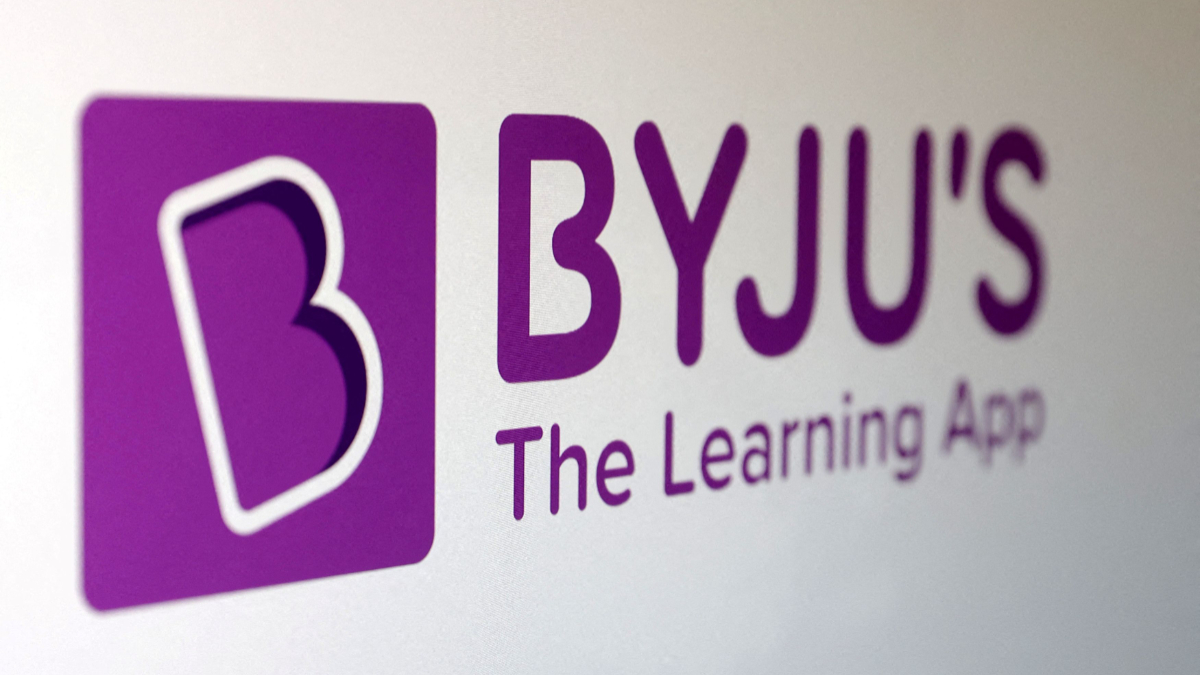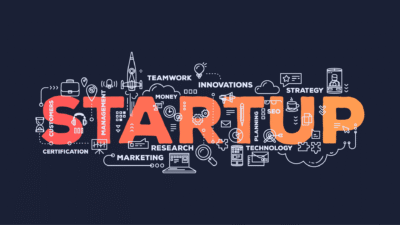Intro
Once hailed as India’s most valuable edtech startup, Byju’s is a name that has inspired millions of learners and entrepreneurs alike. Founded with the goal of transforming education through technology, Byju’s story is a fascinating tale of ambition, innovation, rapid expansion, and the tough realities of sustaining growth. In this case study, we’ll explore the journey of Byju’s from its humble beginnings to global expansion and recent challenges and what entrepreneurs can learn from its success and setbacks.
The Genesis of Byju’s
A Classroom with a Vision
The story begins with Byju Raveendran, a passionate teacher from a small town in Kerala, India. A mechanical engineer by degree and a CAT topper by accident, Byju started helping friends prepare for competitive exams. His informal teaching sessions grew in popularity, drawing hundreds of students. The turning point came when he decided to pursue education full-time and eventually launched Think & Learn Pvt. Ltd. in 2011.
Launch of the Byju’s App
In 2015, the company launched the Byju’s Learning App, an interactive platform offering video lessons for school students from classes 4 to 12 and preparation content for competitive exams like IIT-JEE, NEET, CAT, IAS, GRE, and GMAT. The app revolutionized learning with engaging animations, visual explanations, and personalized learning journeys.
Explosive Growth and Funding
Rapid User Adoption
By 2017, Byju’s had over 15 million users, with over 900,000 paying annual subscribers. Its unique mix of education and entertainment (edutainment) struck a chord with students and parents alike. As mobile internet usage exploded in India, the app became a go-to resource for quality education.
Investor Confidence
With such impressive traction, investors took notice. The company attracted funding from marquee names like Sequoia Capital, Tencent, Naspers, General Atlantic, Silver Lake, and Tiger Global. The crown jewel came when Chan Zuckerberg Initiative the philanthropic arm of Facebook’s Mark Zuckerberg and Priscilla Chan invested in 2016, endorsing the startup’s mission and global potential.
By 2021, Byju’s had raised over $5 billion, reaching a peak valuation of $22 billion, making it the world’s most valuable edtech startup at the time.
Strategic Acquisitions
Byju’s aggressive expansion included acquiring over 15 companies, both in India and globally, to strengthen its product offerings. Some notable acquisitions include:
- WhiteHat Jr (2020) – A coding platform for kids, acquired for $300 million.
- Aakash Educational Services (2021) – A well-known offline test prep brand, acquired for nearly $1 billion.
- Toppr, Osmo, Epic, Great Learning – Acquisitions that helped expand into new geographies and verticals.
These moves positioned Byju’s as a comprehensive edtech ecosystem offering learning across age groups, formats, and markets.
The Pandemic Boom
The COVID-19 pandemic was a major catalyst for edtech globally. Schools shut down, online education surged, and Byju’s saw record-breaking growth. By 2021:
- The app had 100 million registered users.
- Revenue doubled year-over-year.
- International expansion took off, especially in the US and Middle East.
Byju’s became a symbol of India’s startup success an edtech powerhouse that captured global attention.
Cracks in the System: Challenges and Criticism
Aggressive Sales Tactics
By 2022, reports began to surface about predatory sales practices. Field agents were allegedly pressuring parents from low-income backgrounds to buy expensive subscriptions on EMIs (equated monthly installments). This created a public relations storm and triggered regulatory scrutiny.
Delayed Financial Reporting
Investors and regulators started asking questions when Byju’s delayed releasing its audited financials for FY21. When the numbers finally came out, they painted a worrying picture:
- Huge losses: Nearly ₹4,500 crore (~$600 million).
- Revenue recognition issues: Some revenue was overestimated using non-standard accounting practices.
This shook investor confidence and raised questions about the company’s transparency and governance.
Layoffs and Burn Rate
To manage costs, Byju’s laid off thousands of employees in 2023. The company faced challenges in integrating its numerous acquisitions, managing overheads, and converting free users into paying customers.
Its cash burn rate became unsustainable, forcing the company to reconsider its growth-at-all-costs strategy.
Legal Battles and Investor Discontent
By 2024, a group of investors, including Prosus and Peak XV, publicly clashed with the founders over governance and financial mismanagement. Boardroom drama ensued, and founder Byju Raveendran was under pressure to step aside.
At one point, EY resigned as the company’s auditor, and Deloitte later refused to sign off on certain filings. This deepened concerns about internal controls and compliance.
Learning from Byju’s Journey
Despite its recent troubles, Byju’s story is rich with lessons for entrepreneurs, investors, and educators alike.
1. Product-Market Fit is Crucial
Byju’s early success came from deeply understanding the needs of Indian students and delivering value through storytelling, visuals, and interactivity. The lesson: focus on creating real value before scaling.
2. Growth Must Be Sustainable
Hypergrowth can be seductive, but without robust systems, it can spiral out of control. Byju’s struggled with managing its growing empire and investor expectations. Lesson: Don’t lose sight of unit economics, especially in sectors like edtech where margins can be thin.
3. Ethics Matter in Sales
Trust is vital in education. Allegations of manipulative sales practices eroded the brand’s goodwill. Lesson: Ethical business practices are not optional they are essential for long-term survival.
4. Transparency Builds Credibility
Delayed financials and unclear governance caused panic among stakeholders. Lesson: Transparent communication with investors and the public is key to maintaining trust, especially in private markets.
5. Diversification Must Be Thoughtful
Byju’s acquired many companies in quick succession. Not all integrations were successful. Lesson: Each acquisition should align with long-term strategy and be backed by solid execution plans.
What’s Next for Byju’s?
Byju’s is now in a critical transition phase. It’s restructuring its operations, renegotiating with investors, and trying to rebuild trust. Whether it re-emerges as a leaner, more focused company or fades into startup history will depend on how it handles this rebuilding phase.
The company still holds significant value both in brand and reach but needs disciplined leadership, financial clarity, and a renewed focus on quality learning outcomes.
Conclusion
Byju’s is a story of ambition, innovation, and the high stakes of the startup world. From a teacher’s dream to a billion-dollar empire, and now to a struggling giant trying to find its feet again, the journey offers a mirror to every ambitious founder navigating the startup rollercoaster.
At its core, the story of Byju’s is not just about edtech it’s about the fine balance between vision and execution, scale and sustainability, growth and governance.
As India’s startup ecosystem matures, Byju’s case will likely be taught in business schools as both an inspiring success story and a cautionary tale.



